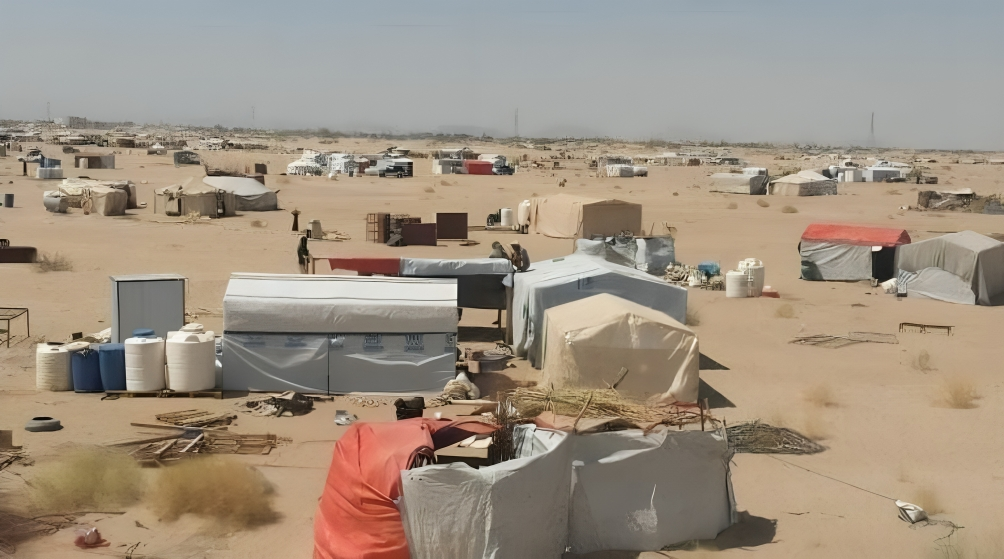


UN - IOM
A new report by the International Organization for Migration (IOM) reveals a grim picture of Yemen's ongoing displacement crisis, with 75% of internally displaced persons (IDPs) expressing reluctance to return to their original homes. The report, released on Wednesday, July 3, 2024, highlights the complex challenges faced by IDPs, including the ongoing conflict, climate-related issues, and security threats.
The report, titled "Displacement in Yemen," states that the country currently hosts 2,791,603 internally displaced individuals. More than half of these IDPs, a staggering 58% or 1,605,960 individuals, reside in Marib Governorate in northeastern Yemen. Taiz Governorate in the southwest follows with 14% of the IDP population, totaling 380,712 individuals.
The report further reveals that while 36% of those returning to their original homes (668,682 individuals) settle in Aden, the temporary capital, Taiz follows closely with 33% (618,293 individuals).
The majority of IDPs, 85%, were initially displaced between January 2015 and December 2021, indicating a prolonged displacement crisis. Despite reconciliation efforts, the report emphasizes that IDPs remain hesitant to return to their home areas, citing findings from surveys conducted in the western coast, Marib, and Aden during a 2022 truce.
A displacement tracking matrix (DTM) conducted assessments in May 2023 across five southern governorates, analyzing the return intentions of IDPs. The results indicate that three-quarters of IDP families (75%) intend to remain in their current locations. While 13% remain undecided, only 12% expressed a desire to return, even if not within the next six months.
The report attributes the initial displacement to conflict (91% of IDPs), with the vast majority (88%) not having visited their original areas since displacement. For those choosing to return, over a third (36%) settled in Aden, followed by Taiz (33%). The remaining 31% are scattered across nine governorates.
The IOM report highlights that almost all returnees (95%) cite improved conditions in their original locations as the primary motivation for returning, while 5% report deteriorating conditions in their displacement locations.
The report further emphasizes that the decision-making process for choosing a location for settlement is influenced by factors like insecurity, livelihood concerns, and the sustainability of income sources in the original areas. In certain regions, such as Hodeidah, landmines and unexploded ordnance play a significant role in decision-making.
The report also reveals that access to services varies across the country, with nearly one in five locations lacking healthcare facilities (20%), while an additional 6% report inaccessibility. Primary education facilities, while more accessible, remain unavailable in many areas, with only 11% of locations having such facilities.
While some areas show signs of improvement, limited access exacerbates vulnerabilities associated with displacement and hinders IDPs' pursuit of durable solutions.
The IOM's May 2023 survey results highlight various obstacles preventing IDPs from returning, which vary by governorate. Insecurity in the original area emerges as the most common factor (79%), followed by a lack of basic services in the original areas (49%). Other significant factors include the availability of humanitarian services in current locations (43%), security concerns during the return journey (37%), and financial constraints hindering return, reported by a quarter of IDP families.